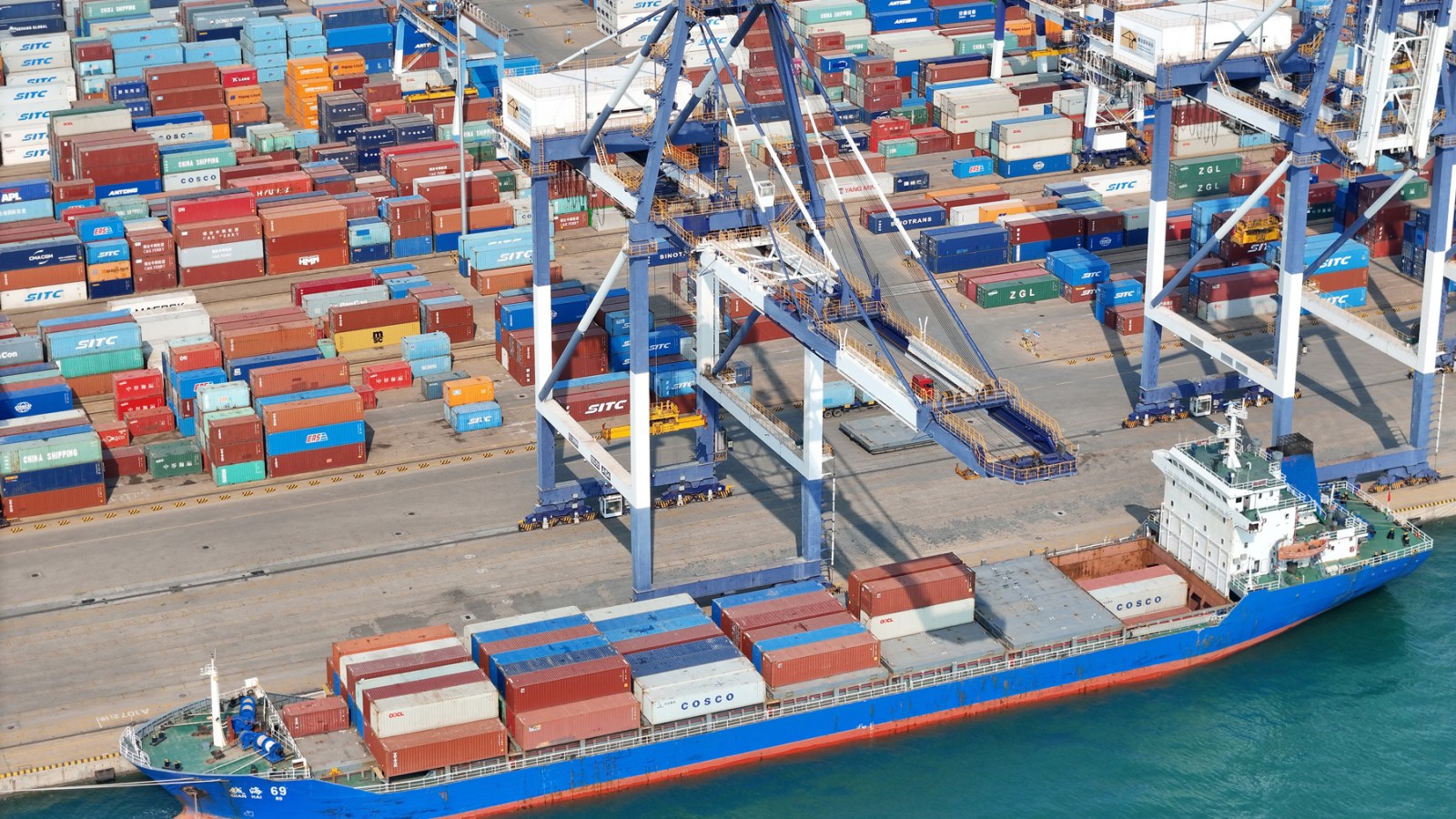President Donald Trump seems perfectly willing to plunge the United States into a full-blown trade war with China, and China is not backing down.
Trump on Wednesday paused many of the most extreme tariffs he announced last week, but jacked up the tax on Chinese goods. The White House said on Thursday that the effective tariff rate against China is now 145 percent. In response, China has bumped up their own retaliatory tariffs against U.S. imports to 125 percent — and any gains made by financial markets since Trump announced his 90-day pause are being wiped out as the long-brewing tensions between the two economic powers look ready to explode.
Retaliatory tariffs are not the only economic lever China is pulling. Earlier this week, China slapped restrictions on exporting rare earth minerals to the United States, a supply chain it controls almost entirely. On Thursday, the Chinese commerce ministry slapped economic restrictions on 18 major manufacturers and defense companies in the U.S.
According to a Friday report from CNN, White House officials in communication with China had warned them against attempting to retaliate against the president’s punitive tariffs — and should sit down to negotiate. Instead of asking China to talk, White House officials reportedly instructed their Chinese counterparts to have Chinese President Xi Jinping request a phone call with Trump. No request, or call, ever came.
Major American companies are scrambling to react to massive tax increases on their day-to-day sales and operations. On Friday Tesla — the flagship company of Elon Musk — removed the “order” button on its China website for the Model S and Model X. Both cars are manufactured in the United States and exported to China.
One of the companies most at risk in the intensifying trade war is another emblem of American technology and innovation: Apple. Around 90 percent of iPhones are assembled by Foxconn in China, which also manufactures products for Amazon, Microsoft, Nintendo, and Sony. According to an estimate from Evercore ISI, over half of Apple’s Mac computer products and 80 percent of iPads are also assembled in China.
Editor’s picks
Markets once again balked on Friday, continuing the roller coaster of a week for investors. Despite Trump’s decision to pull the plug on most reciprocal tariffs while he “negotiates” deals with interested nations, the effective tariff rate for imports is even higher than it was before the pause on Wednesday, mostly due to the jacked up tax on imports from China, America’s third-largest trading partner.
Even more worrisome is the volatility in the typically stable U.S. bond market. On Friday morning, the 10-year yield surpassed 4.5 percent, a concerning sign that the Trump administration’s move to pump the breaks on their tariff regime has not reassured major holders of the U.S. debt.
According to a study from Yale’s Budget Lab, Trump’s tariffs — as they stood on Thursday — would cost the average household about $4,700 a year. Clothing and textile prices would be significantly affected, spiking up to 67 percent in the short run. Unemployment would rise, GDP would drop, and businesses both large and small would take massive hits.
Trending Stories
With every percentage point that Trump hikes up the tariffs, things would get worse. Nevertheless, the president insisted on Friday that he and his administration is “doing really well on our TARIFF POLICY. Very exciting for America, and the World!!! It is moving along quickly.”
Things are moving quickly, in a downward line.
